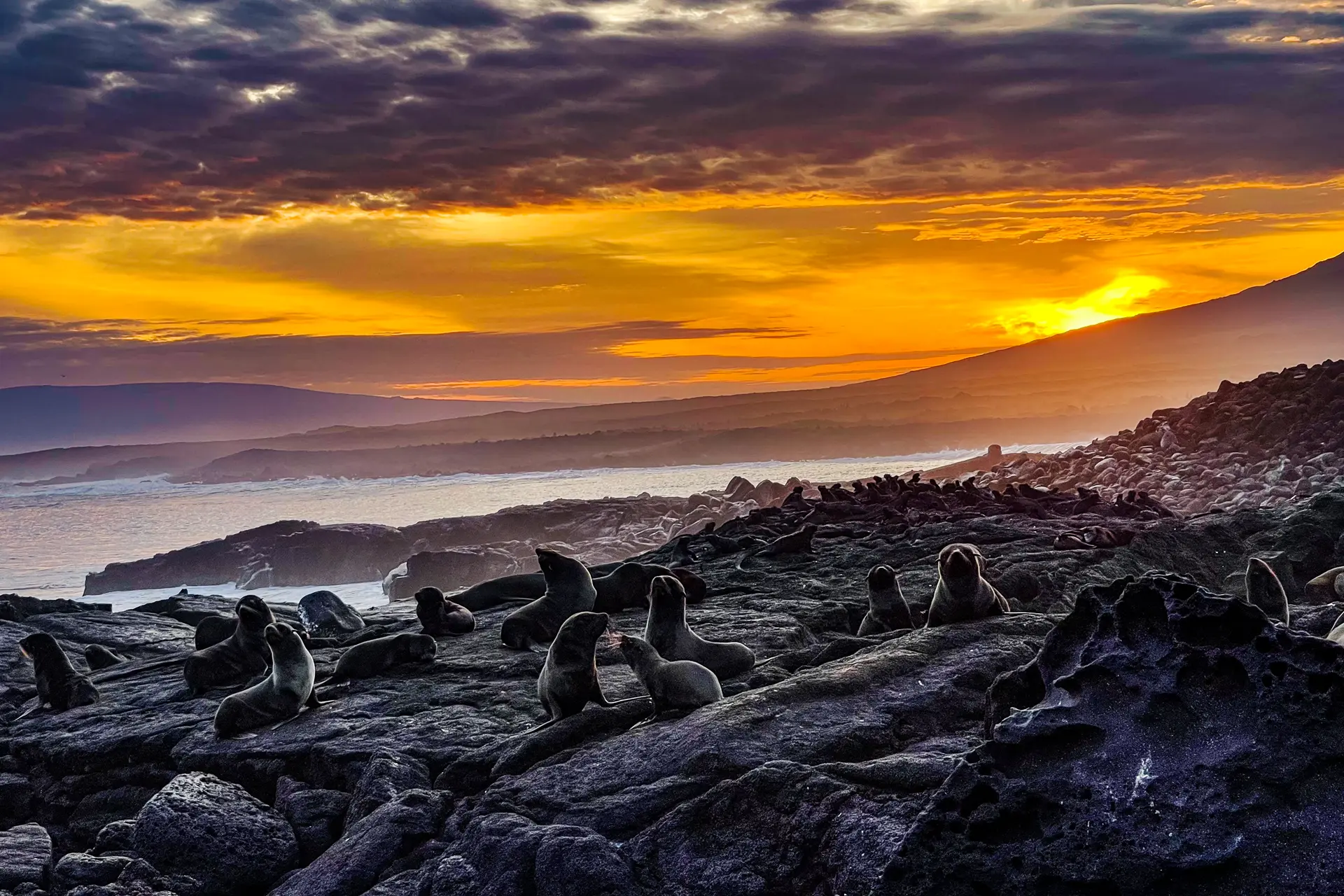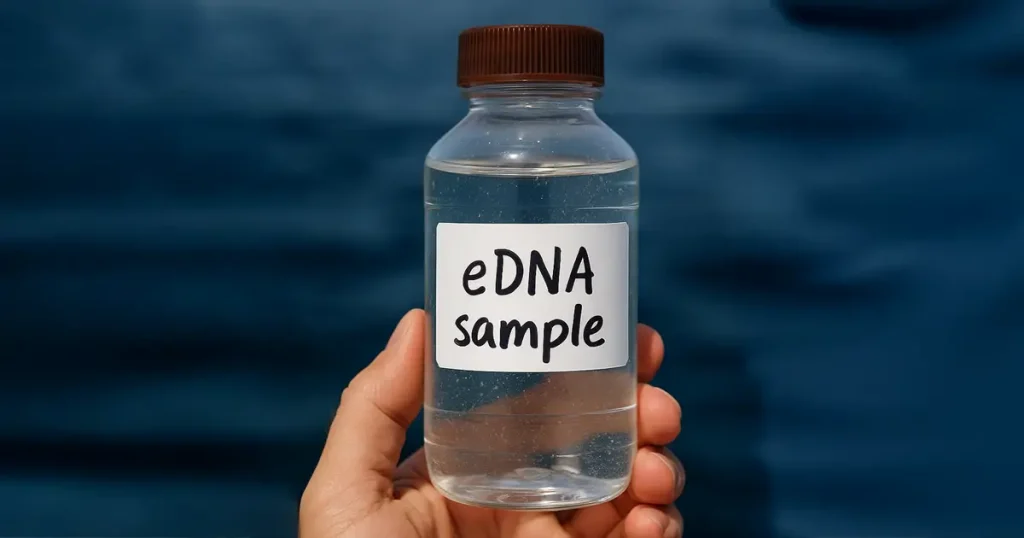Discovering Fernandina: A Natural Treasure and Sanctuary for Emblematic Species
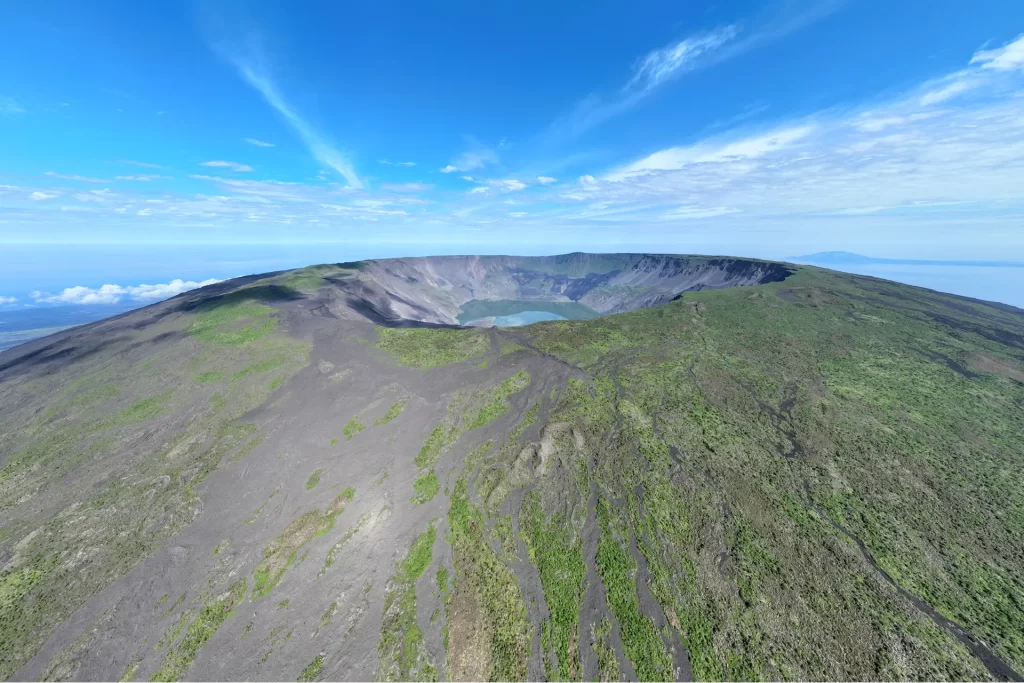
Fernandina Island is a true gem within the Galápagos Archipelago. It covers an area of 247.87 square miles and has an active volcano that towers 4842 miles above sea level. The volcano has a crater that measures 4 miles in diameter. Being the youngest island in the archipelago, Fernandina is unique and has ecosystems found nowhere else on Earth.
A Haven for Wildlife
Despite being home to one of the world’s most active volcanoes, Fernandina remains a wildlife sanctuary. The island teems with diverse wildlife, from land and marine iguanas to fur seals, penguins, and endemic birds like finches and mockingbirds. Fernandina is also home to breathtaking landscapes and unique ecosystems and holds a story that captivates scientists and nature enthusiasts worldwide.
The Remarkable Discovery of the Fernandina Giant Tortoise
In 2019, the scientific community was shocked when a living Fernandina giant tortoise, Fernanda, was discovered. This particular tortoise, identified as the last known individual of its species, Chelonoidis phantasticus, reignited hope towards the conservation of a species believed to have been on the brink of extinction. Its discovery was extraordinary and significant, inspiring fellow conservationists to take action to protect endangered species.
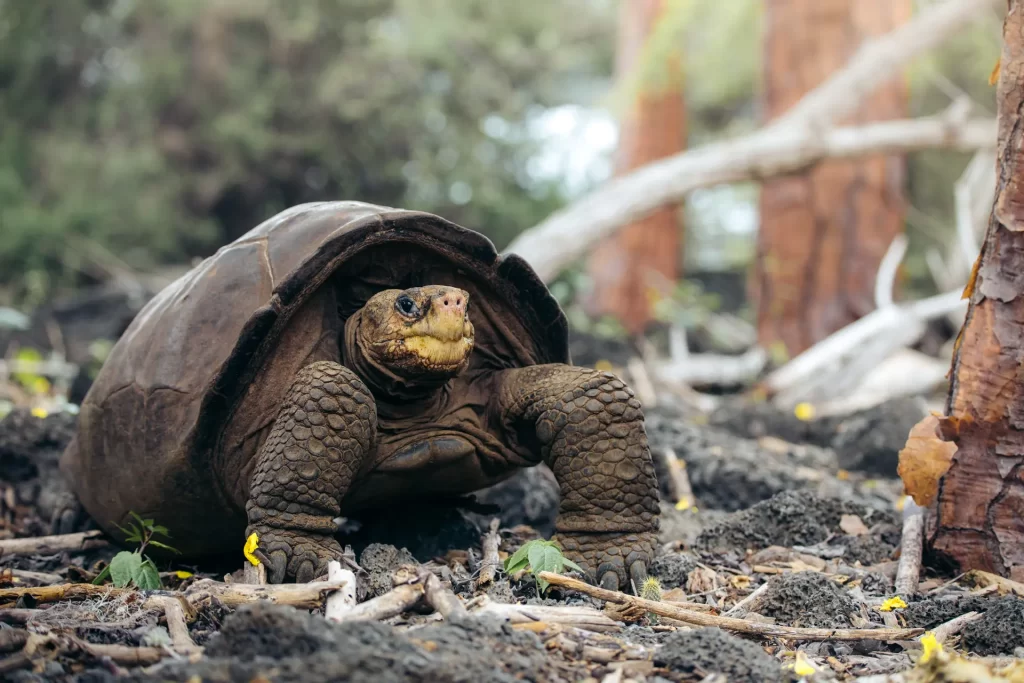
Challenges and Commitments to Fernandina Conservation
Despite numerous expeditions, another individual of this species has yet to be found, making the story of Fernanda even more poignant. It now lives in the Giant Tortoise Breeding and Rearing Center on Santa Cruz Island, reminding us of the fragility of wildlife and the importance of preserving the natural treasures of the Galápagos Archipelago.
In the face of the harsh conditions and recent volcanic activity, Fernandina remains a special place where science and conservation intersect to protect a unique natural gem. These efforts also provide an unparalleled experience for park rangers and scientists, challenging their work to safeguard our planet’s biodiversity.
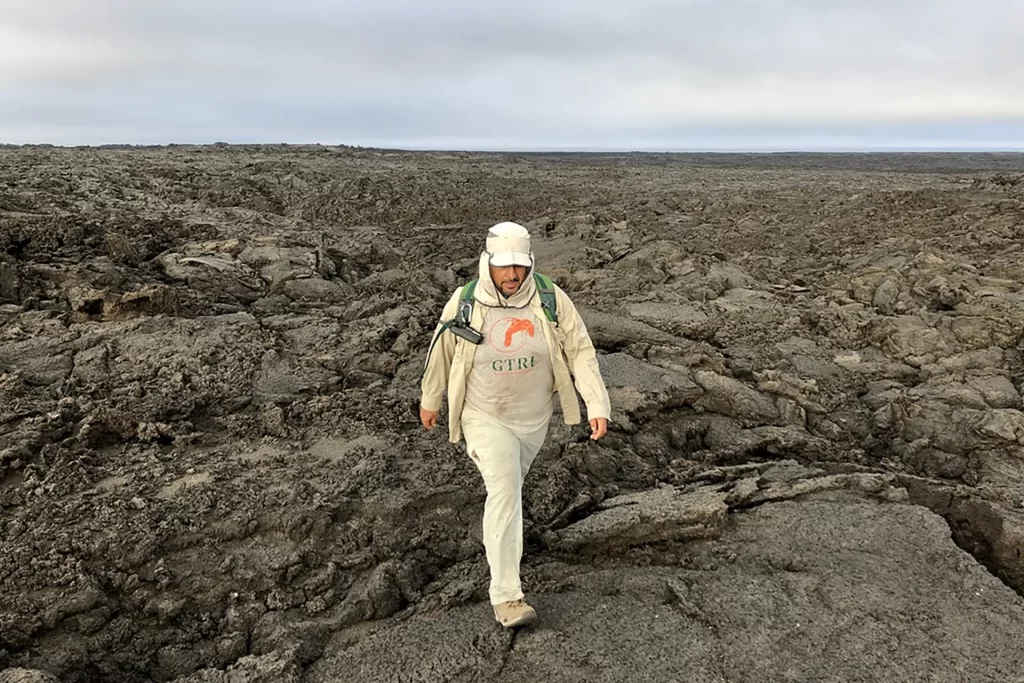
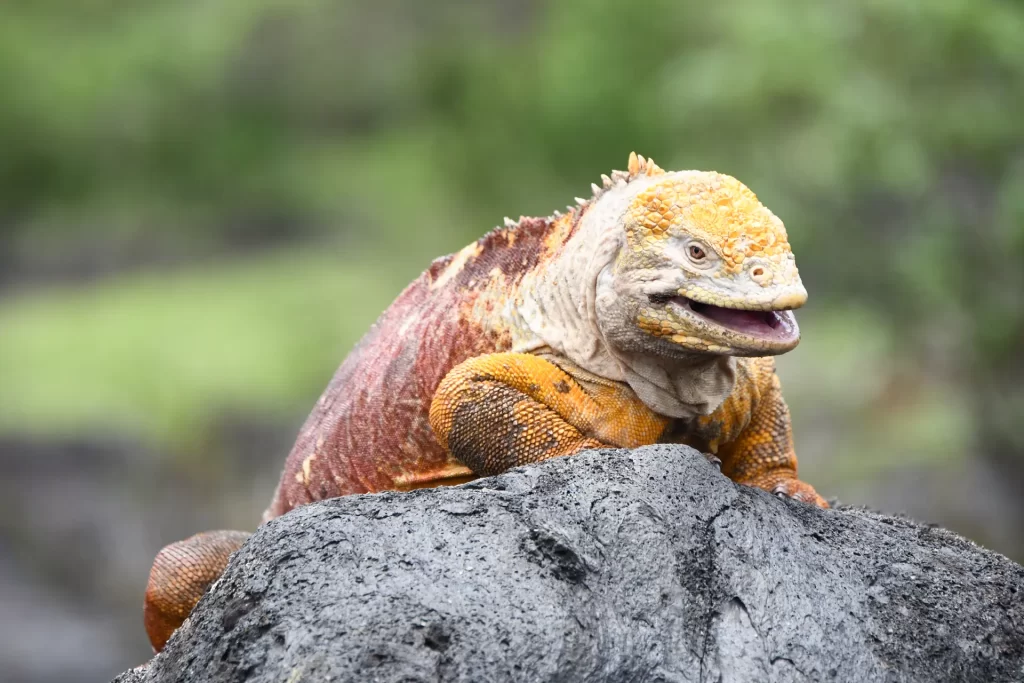
Despite facing significant challenges in terms of conservation, Dr. Jorge Carrión, Director of Conservation at Galápagos Conservancy, highlights the critical importance of the dedication and efforts of the rangers from the Galápagos National Park Directorate in this endeavor, their commitment to the long-term protection of Fernandina’s unique nature remains unwavering.
It is more crucial than ever to persist in the fight for conservation. Only by doing so can we ensure that future generations have the opportunity to marvel at the natural wonder of Fernandina Island.
